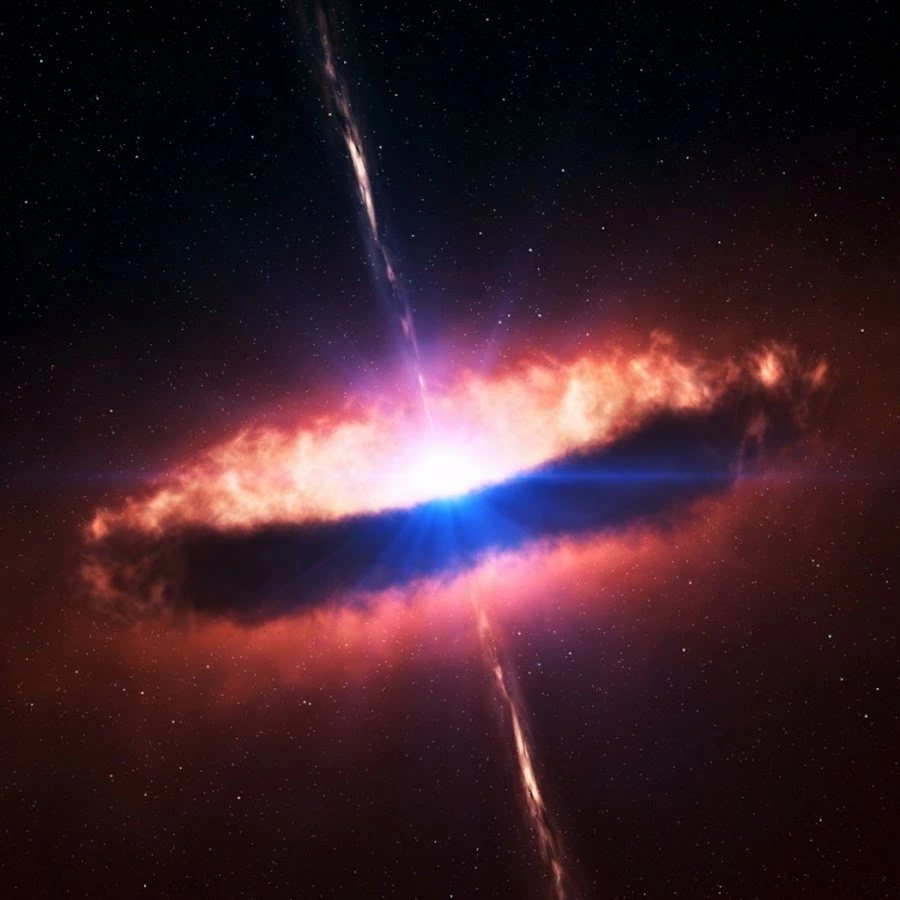Hello everyone, I have a theoretical question about an animation in the documentary I’ve linked in this post.
At timestamp 05:01, you can see an animation of Venus, suffering the effects of a change in gravitational forces. After being close enough to the expanding sun, Venus begins to lose material on its surface due to the stronger gravitational pull of the sun.
For me, this whole animation doesn’t seem right because the mass and the center of mass of the sun doesn’t change. I can imagine how the mater of the sun’s surface could change the gravitational pull that the material on Venus’ surface is experiencing, but would it be that strong at that point? I would’ve assumed that more and more of the sun’s mass will be concentrated in the core as the red giant is expanding and not leaving enough mater to overcome Venus’ gravity at its surface.
Once, Venus enters the denser parts of the suns’ atmosphere, I wouldn’t doubt that the atmospheric drag or the fall towards the denser core would scatter the material on the surface and eventually destroy Venus completely. Shortly before that, however, while Venus is still roughly maintaining an orbit similar to its current one, this doesn’t seem right to me.
Did they mess up this animation or will the sun, at its surface, have more gravitational pull than Venus?
Do not that this video seriously as to what it will likely look like. Keep in mind that as our sun grows into a red giant it would already be releasing extremely lethal solar flares. The inner planets being consumed by the sun would only come long, long after cooking them. Gravity would also be interesting at this point because the sun would have less mass. This video seems to take a lot of liberties as to how the physics of transitioning into a red giant would play out.
As others said, take that animation with a pinch of salt… but at the same time:
the center of mass of the sun doesn’t change
The “center of mass” is a crutch that works fine at long enough distances, or when the gravitational force towards each part of an object can’t tear chunks of another object apart. Like, you can 1G a human all you want, the limbs won’t come flying apart until some serious pull in opposing directions gets applied (don’t ask me for an exact value, but I’ve heard it’s doable, for example with 4 horses).
As some of the Sun’s mass (aka: a lot of mass) comes closer to Venus, there will be two things happening:
- The tangential components in opposing directions will become larger
- The “towards the center of mass” force, will grow with the square of the distance reduction to the closest bunch of mass(es)
Whether the approaching mass will be enough to overcome the gravitational force that keeps Venus in a single clump… or whether instead it will “rain Sun” down onto the surface of Venus… or neither… hard to say without some math (integral of the gravitational pull of the Sun’s mass distribution in the inflated red giant phase at a given distance, compared to the gravity of Venus, the cohesive forces of the materials of Venus, and the pull [this time towards center of mass] of the Sun’s mass that would come close to Venus), and a lot of guesswork as to how much mass would come how close to the planet.
Bonus: we can measure the “pulling apart” effect by going down into deep enough mines, where Earth’s gravity slowly decreases even as you come closer to the “center of mass”, because the spherical cap of mass above you, pulls you in the opposite direction.
The “towards the center of mass” force, will grow with the square of the distance reduction to the closest bunch of mass(es)
This is the key point of my question because the mass m of the “bunch of mass” that is close to Venus will be less when you consider the density p with m = p * V, where V is just the volume of mass that is close enough to Venus. Assuming the Suns density is uniform (which it isn’t, most of the mass is far away from Venus), p and by extension m and by extension F (the gravitational force) are proportional to 1/r³.
Unfortunately, the actual calculations are far too hard for me, but my intuition would suggest that the 1/r³ relationship of density and volume would outdo any other factors here.
Good point. The Sun’s radius would have to increase over 150 times to reach Venus orbit, so it’s safe to assume the density at that point would be less than 1/millionth the average 1.4g/cc, and once the Sun started crossing the Sun-Venus L1 point, it would start “raining Sun” onto Venus.
So a better visualization would be, that once the Sun grew past L1, a cloud of Sun would start enveloping Venus.
I wonder what temperature would that be at, but the Sun-Venus L1 gets about 2800kW/m², and increasing the surface of the Sun by 150² times would definitely leave it much cooler than the current 5700K, so it might not be all that dramatic. Then again, a Sun flare can get up to 100 million K… probably not a good idea to get one straight in the face, even at 1000K.




